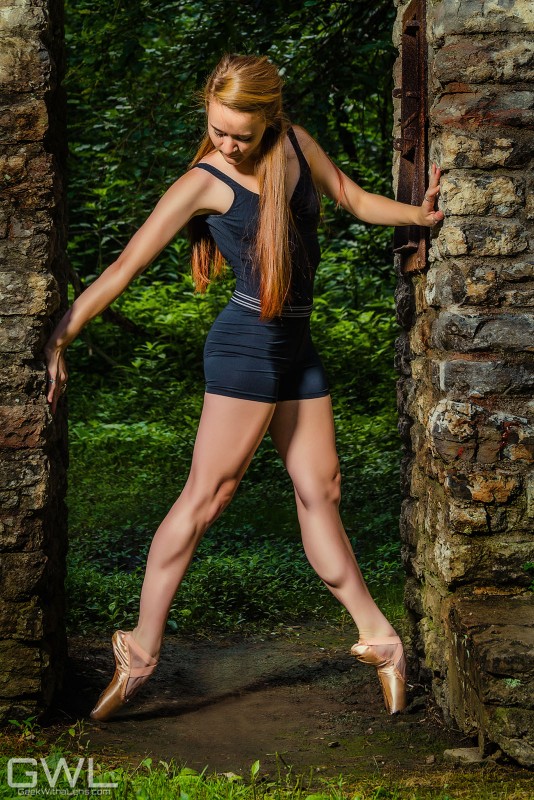As a teacher, I’m always looking at different ways of saying the same thing. We all know as teachers that what resonates with one dancer might not resonate with another. Recently, I have been getting tired of finding different ways to talk about what I, in my mind, refer to as the ‘fabulous four’ of dance: turnout muscles (the external rotators), inner thigh muscles (the adductors), the hamstrings and the abdominal muscles. If a dancer can master all of these, their body placement, their level of bodily control and therefore their successful execution of ballet or any other form of dance, goes up exponentially. So how do you get your students to understand these complicated and sometimes deeply located muscles and harness their power? I have been finding it difficult lately, so I decided to switch gears.
A few months ago I was reading an article on teaching that mentioned abstract versus concrete concepts. That’s when it hit me that for most students, as odd as it might seem to me, muscles might be an abstract concept. What if I switched gears and talked about bones rather than muscles? Would bone structure be more of a concrete concept to them? I figured it was worth a shot. I found that for many of my students, I was finally seeing those light bulb moments that I’ve been waiting for months to see and, in some cases, years.
For the abdominal muscles, I had been used to using phrases like, ‘zipping up’ or ‘scooping up.’ Lately I’ve tried talking about bringing the pelvic bone to neutral. I tell the students to picture their hip socket where the femur goes into the pelvis and I show the socket with one hand cupped and the femur bone with a fist that goes into it. I show them if I tip the cupped hand, it inhibits the rotation of the femur and I tell them this is what happens when their pelvis is back. I then tip my hand the other direction and show them that this also inhabits rotation and that’s what happens when they tuck their hips. Then I bring the cupped hand straight down over the fisted hand and tell them the pelvis is now at neutral, and demonstrate for them that the femur then has the most freedom to rotate in the socket. I have the students get into a first position and put their hip bones behind them, then tuck them under, then find neutral. I then tell the students to use their abdominal muscles to support that position and, all of the sudden; all the lower abdominal muscles in the room were doing exactly what I had been trying to get them to do all along. They were engaging upward and helping to maintain proper pelvic placement.
For the inner thigh muscles or adductors and the hamstring, I’ve been telling my dancers to take relevé passé. I then tell them to actively push the floor away with their entire supporting leg. Then I tell them to pull their inner thighs up and away from the floor and into the groin and the hamstring up and away and into the rotators. Boom, inner thigh and hamstring activation.
I have the hardest time getting most dancers to find their external rotators. When I talk to colleagues, they voice similar frustration. We are talking about six very deep muscles after all; no wonder it’s such a hard concept. To make things more difficult, many dancers get confused and end up gripping their Gluteus Maximus instead which can actually inhibit rotation causing the pelvic bone to tuck under. I have many exercises I give my dancers that strengthen these external rotators, but it’s still a very complex concept that it took me a long time to understand as well at their age, so I know the frustration first hand.
Lately, I’ve decided to talk about the femurs or thigh bones instead. I tell my student to stand in fifth with their weight on their toes and their pelvis in neutral. I then tell them to turn the femur bones outward. I then tell them to plié and think about the femur bones spinning outwardly in the socket on both sides. If this doesn’t work for them, I tell them to picture their sits bones and to draw the bottom part of those bones towards one another. Voila, we have external rotation.
By having students think about bones, a concrete concept to most of them that they can visualize and feel, I have gotten many students to finally activate their muscles properly, something that has proven to be an abstract concept for them. There is always more than one way to get your point across and I just added something new to my teaching repertoire and reached some students that I had almost lost hope of reaching in the process.
A special thanks to Chérie Noble for her insight, knowledge and for continuing to be a wonderful teacher and mentor to me.

